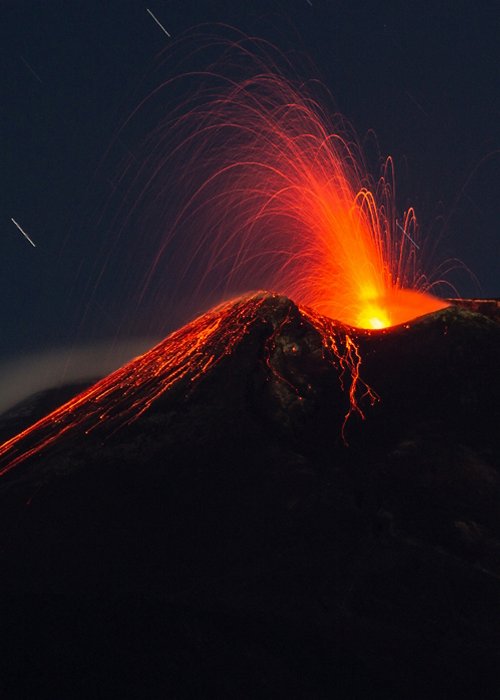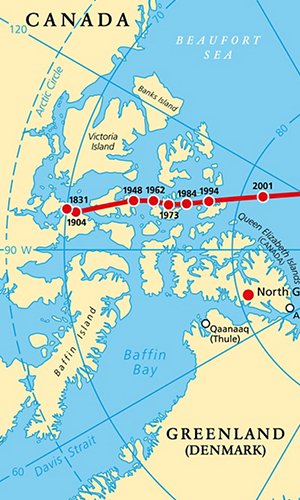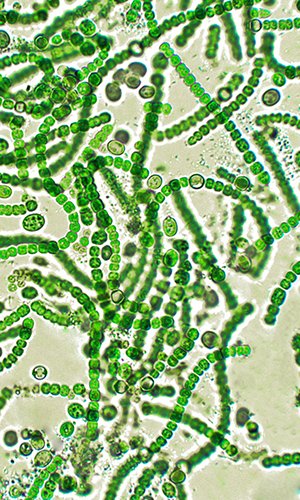Mount Etna has resumed erupting with a spectacular column of volcanic fragments and rivers of flowing lava. But can we predict an eruption? The current indicators of an impending volcanic eruption include seismic tremors, changes in ground elevation, and emissions of sulphur dioxide, which can be seen from space using satellites. Scientists also monitor emissions of carbon dioxide (CO₂) released by magma close to the Earth’s surface, but these are harder to detect from satellites than sulphur dioxide because CO₂ is everywhere in the atmosphere. However, there’s a surprising method for detecting whether a volcano is releasing carbon dioxide: observing the plants growing around and on the volcanic cone. Scientists can determine whether a volcano might be preparing to erupt by looking at the greenness of the surrounding trees: leaves that appear more intensely green indicate that an eruption could be imminent. Until recently, these subtle changes in colour could only be observed from the ground, but researchers have now found a way to assess them from space. Researchers are particularly keen to detect these emissions because CO₂ is one of the very earliest signals of an impending eruption — even earlier than sulphur dioxide. To this end, scientists have developed methods to measure carbon dioxide levels by analysing the colour of trees around volcanoes. The clouds of CO₂ emitted by volcanoes on the verge of erupting actually improve the health of nearby trees and plants, making their leaves greener and lusher. This is because carbon dioxide is essential for photosynthesis — the key biochemical process that sustains the entire plant kingdom. Until not long ago, scientists had to physically travel to volcanoes to measure their CO₂ levels. By using the colour of tree leaves as an indicator of volcanic gas concentrations, researchers can now avoid the arduous and sometimes dangerous journey to remote locations, relying instead on satellites to do the heavy lifting. However, measuring tree vegetation from space won’t be helpful in all volcanic environments. Many volcanoes simply don’t host trees, or at least not enough to be detectable by satellites. Detecting these signals is extremely important because it can help protect communities from the most severe effects of volcanic eruptions, including lava flows, rock explosions, ashfall, landslides, and clouds of toxic gases.



